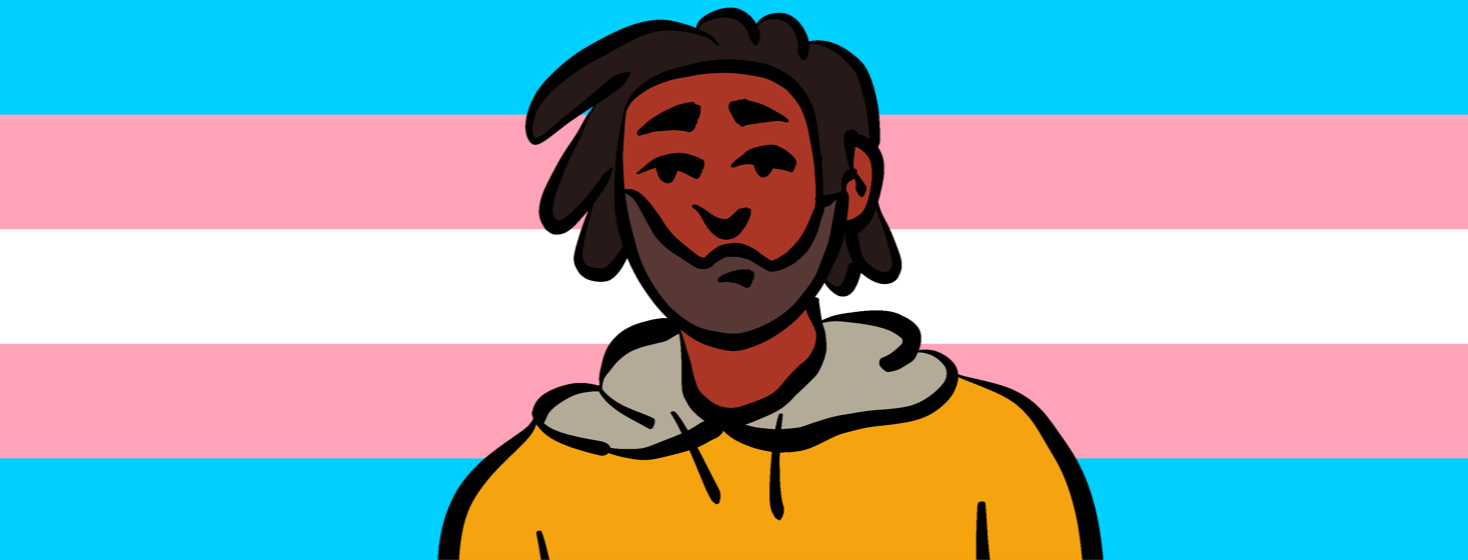Transgender Men and Endometriosis
One population that gets only rare mentions in endometriosis communities is transgender men. This can lead to individuals declining to seek support or gynecology care, which is a tremendous disservice to them.
We know that having understanding people in our lives who can help us navigate this disease is vital. But trans men hit obstacles at every turn and must wade through ever-present cissexism (discrimination or prejudice against transgender people).
When they go to an appointment, they may be showing up at a "women's health" center. They might encounter a doctor who is ignorant about trans health or, far worse, is transphobic. Or, when seeking information online, they may see constant references to "ladies" or "girls" or "women," and this can be pretty alienating.
Endometriosis in transgender men
The fact is, trans men, get endo, and there's some initial research that shows the incidence of endometriosis in trans men may be higher than for cisgender women. The endometriosis community can no longer ignore trans men, and we have an obligation to ensure they get the care they need and deserve.
Tom’s story illustrates some of the obstacles faced by trans men. He is a 23-year-old New Zealander who is in his first year of a funded PhD program in data science, and he also holds a degree in statistics. Tom understands numbers and research well. And these skills served him well when he started experiencing troubling pelvic symptoms, including pain and abnormal bleeding.
First, Tom visited a public sexual health clinic. New Zealand has universal healthcare, but the government and clinics severely underfund it are backed up. This clinic told Tom he'd need to wait six months to get an ultrasound. He decided not to pursue the ultrasound, but his pain worsened significantly and became chronic.
“It was an every few days kind of attack. That makes it really difficult to deal with, and it’s also a strange and hard thing to fit in a symptom box on a pain clinic’s paperwork,” he said.
At one point, he had daily pain. A physical therapist and muscle relaxants helped, and he could get his pain back every few days.
Dismissed by doctors and being transgender
In July 2021 Tom moved to a different, bigger city, and his new primary care doctor secured an ultrasound appointment from a public clinic within a month. Even though it came back with results indicating endo, the general gynecology clinic his doctor referred him to rejected his case because of an overload of patients. His doctor wrote to the public chronic pain management clinic, which has a gynecologist on the staff, for a second opinion.
"That doc said, 'it can't be endo. He doesn't menstruate anymore.'" Of course, this is untrue for anyone; one can still have endometriosis after ceasing menstruation. But it also demonstrated the doctor's ignorance about trans men's health.
Tom filed a complaint and, armed with his research and statistics background, creating a literature review demonstrating the incidence of endometriosis in trans men. One of the studies he cited, a meta-analysis of research on trans men with endometriosis, showed that the prevalence of endometriosis in trans men is 25%, which is higher than the oft-cited statistic of "1 in 10 women."
"It's tough to challenge diagnostic opinions," Tom said. But he was determined to show that he still needed care and used his background to advocate for himself.
Almost six months after getting the abnormal ultrasound results, Tom secured an appointment with a gynecologist at a private clinic. The private specialist, Tom said, “took one look at my list of symptoms and said, ‘Oh yes, you need a lap.’” It was that straightforward.
Tom thinks that the review he prepared for the complaint, which he showed to the private specialist, helped.
"I feel like I had to preemptively make the case rather than the doctor doing the research," he said. He acknowledges that his privilege as a white man who appears to be cisgender and has a middle-class background and university degree allowed him this option.
Suicide rates in trans communities
Another roadblock for trans men is the high rate of suicidal ideation and suicide attempts within the community. When you factor in debilitating pain, unexplained symptoms, and doctors who are ignorant at best and cissexist and transphobic at worst, it puts the population at serious risk.
"We've got high rates of attempting suicide in the community, and people will fall into those mental patterns even if they don't want to," Tom said.
This is something Tom is familiar with; he has struggled with his mental health since he was a child.
"That's distressing enough in itself, having suicidal thoughts come back. It's hard," he said. "It feels like being trapped in a really big way. It's hard to do things that are good for my mental health, like exercise or seeing people. I bike, and if I'm in pain, it affects my ability to get back to it."
Tom found it difficult to explain his situation to his doctors when he was in his worst pain moments.
“It’s hard to communicate to docs that I’m not in danger, but when I’m in that much pain I do wish I had killed myself,” he said.
Add to that the wait times at the public clinics in New Zealand, and one can imagine many people in distress are not being served. And when you're in a marginalized community, that's especially dangerous.
"That is why I wanted to say this," Tom said. "Even if we had the same wait times and treatment as cis women, we would still be at more risk of serious harm because of all the other factors that increase our risk profile as a group."

Join the conversation